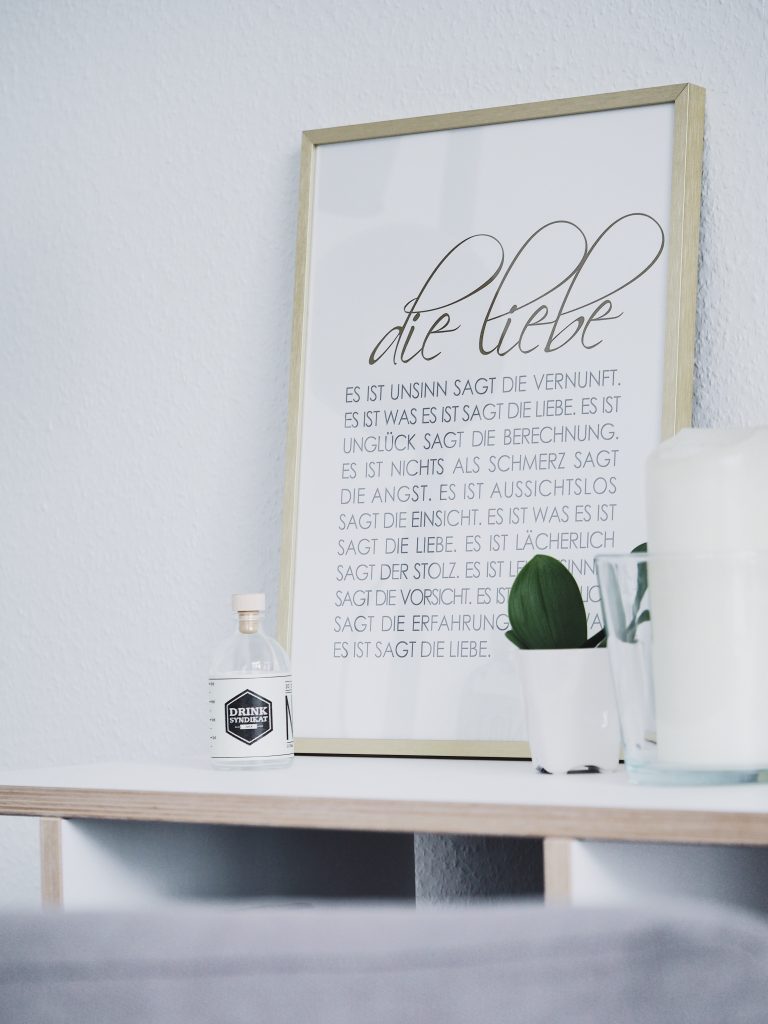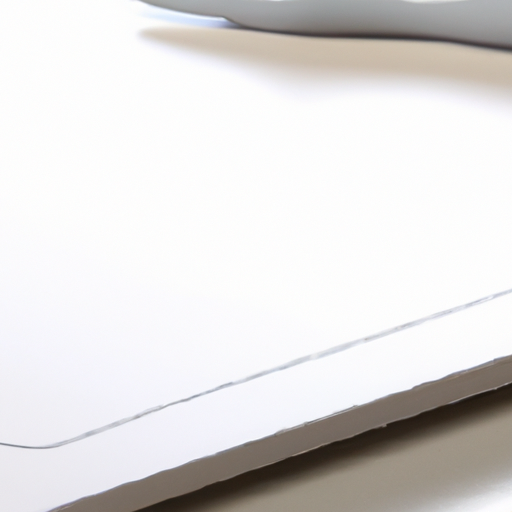Ready to upgrade your office space? Look no further than our comprehensive comparison of whiteboard frame materials. From the classic aluminum to wood and even eco-friendly options, we’ve done the research so you don’t have to. Discover which material is right for you, taking into consideration durability, aesthetics, and sustainability. Whether you’re a professional looking for a polished and modern look or a nature enthusiast seeking a more eco-conscious option, we’ve got you covered. Say goodbye to boring and hello to a whiteboard frame that not only enhances your workspace but also reflects your values.
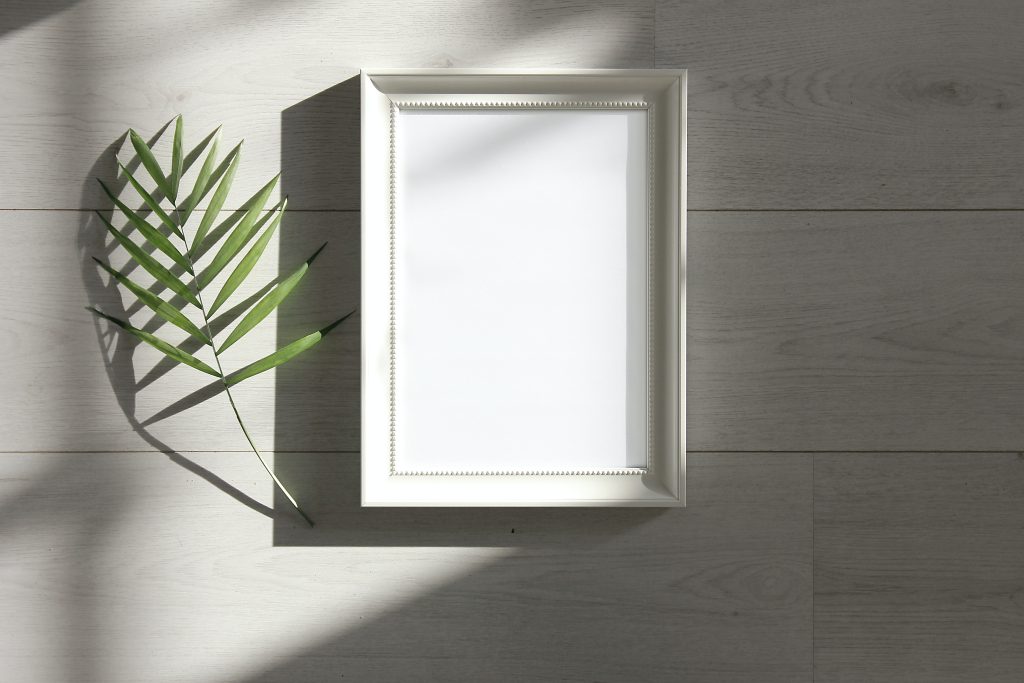
Introduction to Whiteboard Frame Materials
Whiteboard frame materials are the materials used to construct the outer frame of a whiteboard, which serves as a protective barrier and support structure. These materials play a crucial role in the durability, weight, cost, and aesthetic appeal of the whiteboard. Understanding the different types of materials used for whiteboard frames is essential when choosing the right one for your needs.
Definition of Whiteboard Frame Materials
Whiteboard frame materials refer to the substances or elements used to construct the outer frame of a whiteboard. These materials can vary from aluminum and steel to wood, each offering its own set of advantages and disadvantages. The choice of frame material can significantly impact the overall functionality and lifespan of the whiteboard.
Importance of Whiteboard Frame Materials
The choice of frame material for a whiteboard is of utmost importance as it directly affects its durability, weight, cost, and aesthetic appeal. The frame provides structural support to the whiteboard, ensuring its stability and longevity. Additionally, the frame material also contributes to the overall look and feel of the whiteboard, enhancing its visual appeal.
Background and History of Whiteboard Frame Materials
Whiteboards have come a long way since their invention in the late 1950s. Initially, their frames were predominantly made of wood, as it was widely available and easy to work with. However, with advancements in technology and the need for more durable and versatile options, materials like aluminum and steel have gained popularity in recent years. These materials offer enhanced durability, lighter weight, and a modern aesthetic, making them the preferred choice for many.

Popular Whiteboard Frame Materials
There are three main types of materials commonly used for whiteboard frames: aluminum, steel, and wood. Each material has its own unique characteristics and advantages, making it suitable for different applications and preferences.
Aluminum
Aluminum is a lightweight and corrosion-resistant metal that is widely used in various industries due to its durability and versatility. It is known for its sleek and modern appearance, making it a popular choice for contemporary whiteboard designs.
Steel
Steel is a strong and sturdy metal that provides exceptional durability. While heavier than aluminum, steel offers excellent resistance to wear and tear, making it ideal for heavy-duty use in educational and commercial settings.
Wood
Wood frames have a traditional and timeless appeal. They offer a warm and natural aesthetic that can complement various decor styles. Wood is also relatively lightweight, making it suitable for smaller whiteboards or portable options.
Comparison Factors
When choosing a whiteboard frame material, several factors should be considered. These include durability, weight, cost, and aesthetic appeal. Understanding how each material performs in these aspects can help you make an informed decision based on your specific requirements.
Durability
Durability is a crucial factor to consider when selecting a whiteboard frame material, as it determines the lifespan and resistance to damage of the whiteboard. Factors such as impact resistance, scratch resistance, and resistance to moisture and temperature changes can affect the overall durability of the frame.
Weight
The weight of a whiteboard frame is essential, especially in situations where portability is required. lighter frames are easier to handle and transport, making them suitable for educational settings or offices where the whiteboard may need to be moved frequently.
Cost
The cost of whiteboard frame materials can vary significantly based on factors such as the material itself, quality, and any additional features. It is important to consider your budget and weigh it against the desired durability and longevity of the whiteboard when making a decision.
Aesthetic Appeal
The aesthetic appeal of the whiteboard is another essential factor to consider, as it can impact the overall look and feel of the surrounding environment. Each frame material offers its own unique aesthetic, ranging from sleek and modern to rustic and natural.
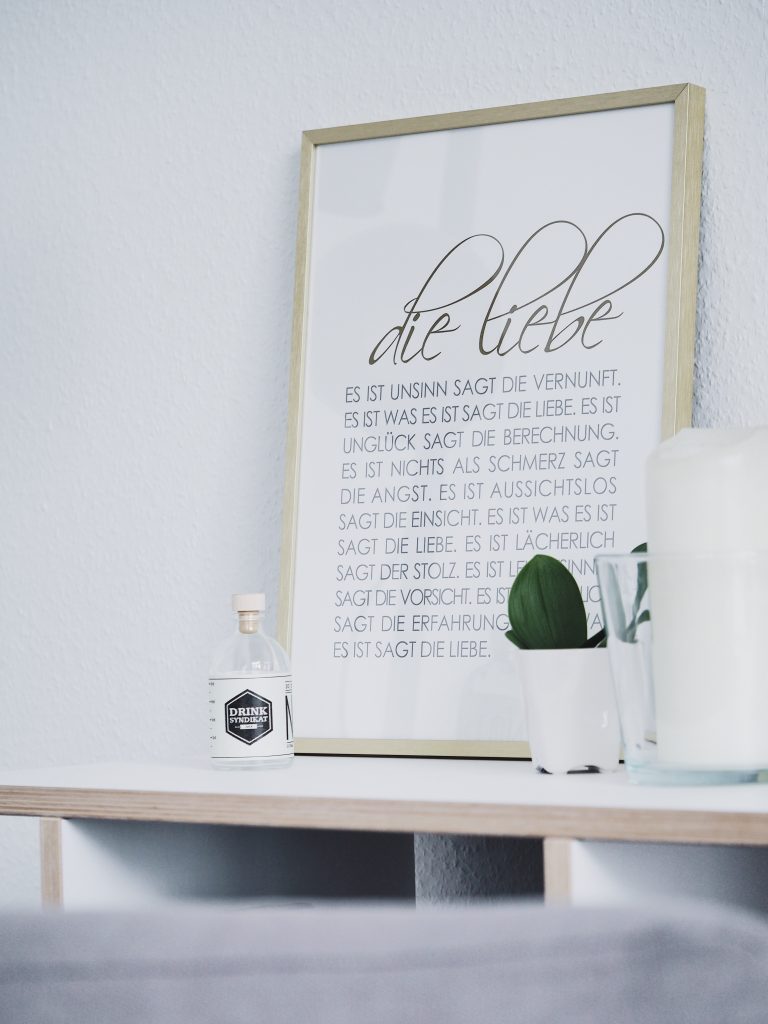
Aluminum as a Whiteboard Frame Material
Aluminum is a popular choice for whiteboard frames due to its lightweight nature, durability, and modern appearance. Let’s explore the characteristics, pros, cons, and cost analysis of Aluminum frames.
Characteristics of Aluminum
Aluminum frames are known for their lightweight nature, making them easy to handle and maneuver. They are also highly resistant to corrosion, ensuring long-lasting use. Additionally, aluminum frames can be powder-coated to enhance their aesthetic appeal and provide additional protection against scratches and dents.
Pros of Aluminum Frames
One of the biggest advantages of aluminum frames is their lightweight nature, making them ideal for portable whiteboards or situations where frequent relocation is necessary. Aluminum is also a highly durable material that can withstand regular use without showing signs of wear and tear. Its modern and sleek appearance adds a contemporary touch to any environment.
Cons of Aluminum Frames
While aluminum frames offer numerous benefits, they may not be the best choice for heavy-duty use. Over time, they may be more susceptible to dents and scratches compared to steel frames. Additionally, aluminum frames can be more expensive than wood frames, making them less cost-effective for budget-conscious buyers.
Cost Analysis of Aluminum Frames
Aluminum frames generally fall into the mid-range pricing category. While they may be more expensive than wood frames, they offer better durability and a modern aesthetic appeal. The cost of aluminum frames can vary based on factors such as quality, size, and any additional features or coatings.
Steel as a Whiteboard Frame Material
Steel frames are known for their exceptional durability and strength, making them a popular choice for heavy-duty whiteboard applications. Let’s explore the characteristics, pros, cons, and cost analysis of steel frames.
Characteristics of Steel
Steel frames are incredibly strong and sturdy, making them highly resistant to impact and damage. They provide excellent protection for the whiteboard surface and ensure long-lasting use. Steel frames can also be powder-coated or painted in various colors to match different decor styles.
Pros of Steel Frames
The major advantage of steel frames is their unmatched durability. They are highly resistant to wear and tear, making them suitable for high-traffic areas such as classrooms or conference rooms. Steel frames also offer excellent stability, ensuring the whiteboard remains firmly in place.
Cons of Steel Frames
One drawback of steel frames is their weight. Steel is a heavy material, making it more challenging to handle and transport. This can be a significant disadvantage in situations where frequent relocation or portability is required. Additionally, steel frames tend to have a more industrial or utilitarian appearance, which may not appeal to those seeking a more modern or natural aesthetic.
Cost Analysis of Steel Frames
Steel frames usually fall into the higher end of the pricing spectrum due to their exceptional durability and strength. While they may require a larger upfront investment compared to other materials, their longevity and resistance to damage can make them a cost-effective choice in the long run, especially in high-traffic environments.
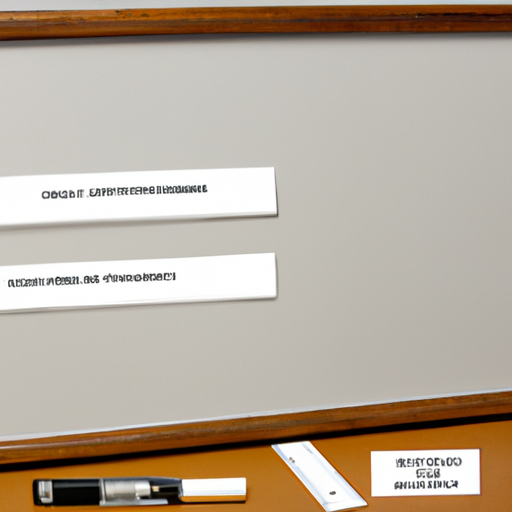
Wood as a Whiteboard Frame Material
Wood frames offer a classic and timeless appeal that can enhance the visual appeal of any space. Let’s explore the characteristics, pros, cons, and cost analysis of wood frames.
Characteristics of Wood
Wood frames provide a warm and natural aesthetic that adds a touch of sophistication to any environment. They are typically lightweight, making them easy to handle and transport. Additionally, wood frames can be stained or painted in various finishes to match different decor styles.
Pros of Wood Frames
One of the major advantages of wood frames is their natural and timeless appeal. They offer a warmth and charm that can complement a variety of decor styles. Wood is also relatively lightweight, making it suitable for small or portable whiteboards. Additionally, wood frames are typically more affordable than aluminum or steel frames, making them a budget-friendly option.
Cons of Wood Frames
Wood frames may not offer the same level of durability as their metal counterparts. They can be more susceptible to scratches, dents, and moisture damage over time. Additionally, wood frames may require more regular maintenance, such as refinishing or sealing, to ensure their longevity.
Cost Analysis of Wood Frames
Wood frames are generally the most budget-friendly option among the three materials. They offer an excellent balance between aesthetics and cost-effectiveness. The cost of wood frames can vary based on factors such as the type of wood used, quality, size, and any additional finishes or treatments.
Comparison of Durability
When comparing the durability of whiteboard frame materials, it is essential to consider factors such as impact resistance, scratch resistance, and resistance to moisture and temperature changes. Let’s compare the durability of aluminum, steel, and wood frames.
Durability of Aluminum Frames
Aluminum frames offer good durability, with high resistance to corrosion and scratches. However, they may be more prone to dents and impact damage compared to steel frames. While suitable for regular use, aluminum frames may not be the best choice for heavy-duty applications.
Durability of Steel Frames
Steel frames offer exceptional durability, with excellent resistance to impact, scratches, and other forms of damage. They are designed to withstand heavy use and provide long-lasting support to the whiteboard. Steel frames are the ideal choice for environments with high-traffic and demanding conditions.
Durability of Wood Frames
Wood frames offer moderate durability, with some susceptibility to scratches, dents, and moisture damage over time. However, with proper maintenance and protective finishes, wood frames can last for a substantial period. While wood frames may not be as durable as metal frames, they provide a charming and natural appeal.
Overall Durability Comparison
In terms of overall durability, steel frames are the clear winner. Their exceptional strength and resistance to damage make them ideal for heavy-duty use. Aluminum frames offer good durability for regular use, while wood frames provide moderate durability with a timeless aesthetic.
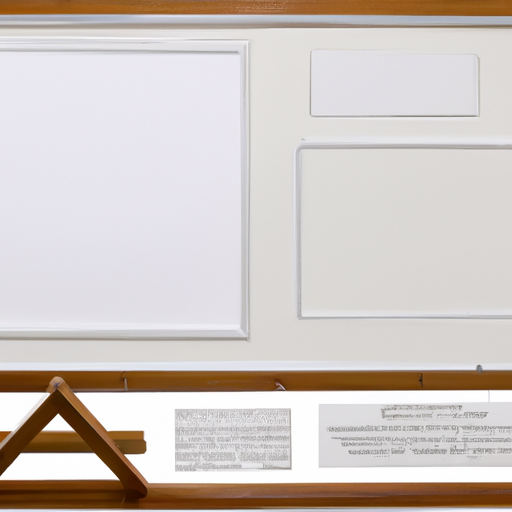
Comparison of Weight
The weight of whiteboard frames is an important factor, particularly in situations where portability, maneuverability, or ease of installation is crucial. Let’s compare the weight of aluminum, steel, and wood frames.
Weight of Aluminum Frames
Aluminum frames are exceptionally lightweight, making them easy to handle and transport. Their reduced weight also simplifies the installation process, particularly for larger whiteboards. This makes aluminum frames ideal for portable whiteboards or scenarios where frequent relocation is required.
Weight of Steel Frames
Steel frames are significantly heavier than aluminum frames due to their sturdy construction. While this added weight provides excellent stability and durability, it may pose challenges when moving or installing the whiteboard. Steel frames are best suited for permanent installations or situations where mobility is not a primary concern.
Weight of Wood Frames
Wood frames are relatively lightweight compared to steel frames, but slightly heavier than aluminum frames. The weight of wood frames can vary depending on the type of wood used, but they generally offer a good balance between stability and maneuverability. Wood frames are suitable for both permanent and portable whiteboards.
Overall Weight Comparison
When considering weight, aluminum frames are the lightest and most portable option, ideal for situations where frequent relocation is necessary. Wood frames offer a good balance between weight and stability, while steel frames provide maximum stability and durability, albeit at the cost of heavier weight.
Comparison of Cost
The cost of whiteboard frame materials can vary significantly, and it is important to consider your budget when making a decision. Let’s compare the cost of aluminum, steel, and wood frames.
Cost of Aluminum Frames
Aluminum frames generally fall into the mid-range pricing category. They may be more expensive than wood frames due to the additional material and manufacturing costs. However, considering their durability and modern aesthetic appeal, aluminum frames offer good value for the price.
Cost of Steel Frames
Steel frames typically fall into the higher end of the pricing spectrum due to their exceptional durability and strength. While they may require a larger upfront investment compared to other materials, their longevity and resistance to damage make them cost-effective in the long run, especially in high-traffic environments.
Cost of Wood Frames
Wood frames are generally the most budget-friendly option among the three materials. They offer an excellent balance between aesthetics and cost-effectiveness. The cost of wood frames can vary based on factors such as the type of wood used, quality, size, and any additional finishes or treatments.
Overall Cost Comparison
In terms of overall cost, wood frames are the most budget-friendly choice, making them a popular option for those on a tight budget. Aluminum frames fall into a mid-range pricing category, offering good value for their durability and modern appeal. Steel frames are the most expensive option but provide exceptional longevity and resistance to damage.
Comparison of Aesthetic Appeal
The aesthetic aspect of whiteboard frames is essential, as it contributes to the overall look and feel of the surrounding environment. Let’s compare the aesthetic appeal of aluminum, steel, and wood frames.
Aesthetic Appeal of Aluminum Frames
Aluminum frames offer a sleek and modern aesthetic that can enhance the visual appeal of any space. They have a clean and minimalist appearance, making them suitable for contemporary or professional settings. Aluminum frames are available in various colors and finishes to match different decor styles.
Aesthetic Appeal of Steel Frames
Steel frames provide a more industrial or utilitarian aesthetic that conveys durability and strength. While they may not offer the same level of sleekness as aluminum frames, steel frames have a robust and confident appearance that can suit a wide range of applications. They are available in different powder-coated or painted finishes.
Aesthetic Appeal of Wood Frames
Wood frames offer a classic and timeless appeal that adds warmth and charm to any environment. They have a natural and organic aesthetic that can complement various decor styles, from rustic and vintage to modern and eclectic. Wood frames are available in a variety of finishes and stains to match different preferences.
Overall Aesthetic Appeal Comparison
In terms of aesthetic appeal, the choice ultimately depends on personal preference and the desired ambiance. Aluminum frames offer a modern and minimalist appearance, steel frames portray an industrial and sturdy aesthetic, while wood frames provide a classic and timeless appeal. Each material has its own unique visual appeal, allowing you to choose based on your desired decor style and environment.
In conclusion, whiteboard frame materials play a crucial role in the durability, weight, cost, and aesthetic appeal of whiteboards. Aluminum frames offer lightweight durability with a modern appearance, steel frames provide exceptional strength and longevity, and wood frames offer a classic and timeless appeal. Consider your specific needs, such as portability, budget, and visual preferences, when choosing the right whiteboard frame material for your requirements.
